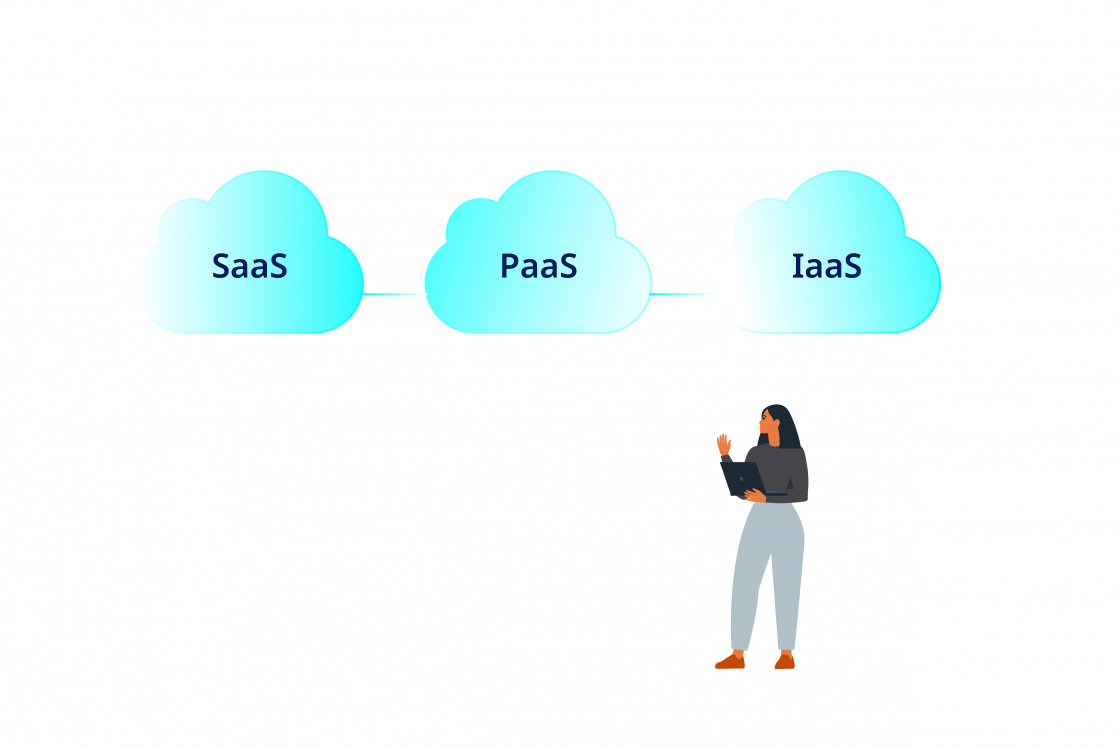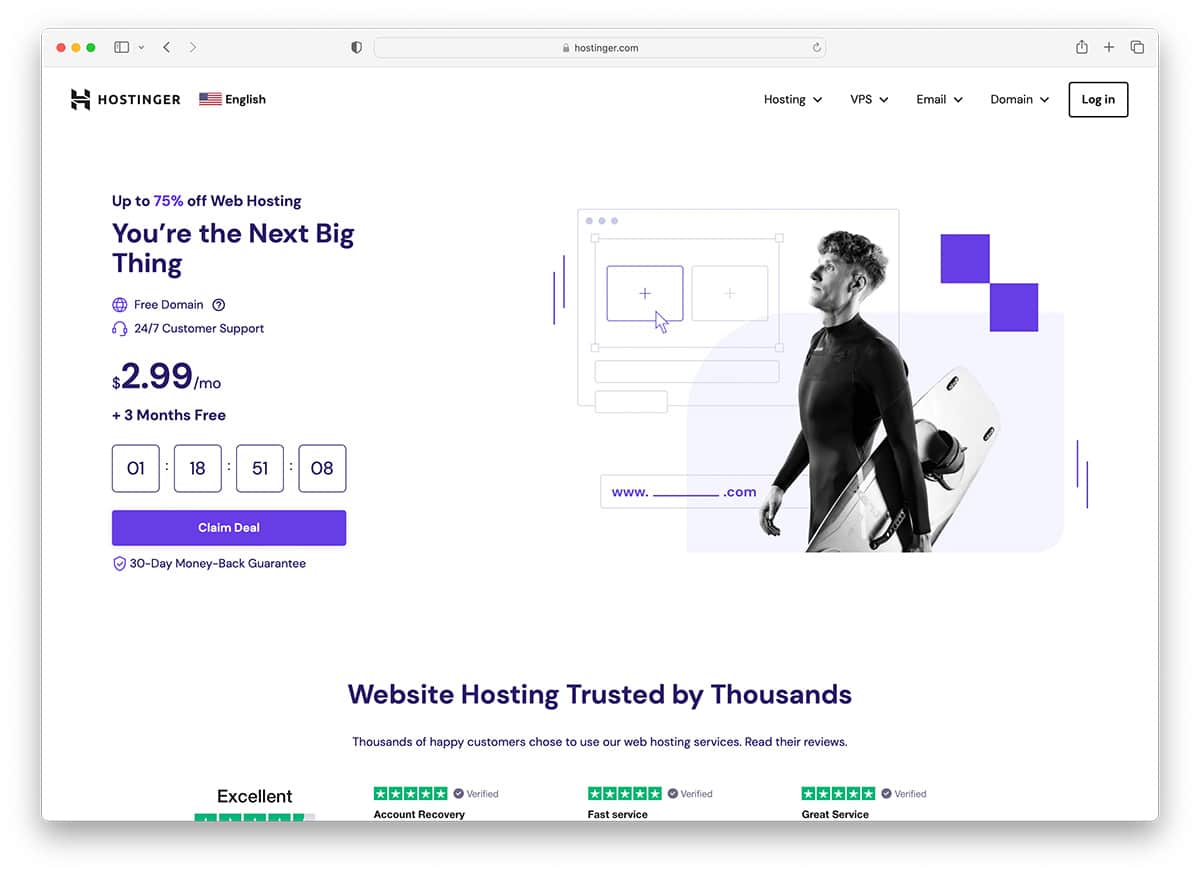
WebSocket is a protocol that allows you to send files, apps, or data via the Internet. This protocol has several components: a structure, functions, and security. You can also use extensions and your own data formats. These features can be learned more.
Structure
WebSocket enables applications to send or receive messages from other applications. It is added to the TCP and UDP transport layer protocols. Additionally, it allows message disconnection and retry. It sends two types, the control and the connection messages.
The connection data frames the payload of the application and each frame contains payload. The WebSocket base specification doesn't support data compression. Applications must implement their data compression logic. Data compression extensions provide the equivalent to HTTP's transfer-encoding negotiation. These extensions can be listed in the Upgrade handshake and can be selected by the server for the lifetime of the connection.

Functions
Websocket functions enable you to send or receive messages from a web server. First, create a socket connection in your application to send a message. Next, create an event listener to be called when a new message arrives at the server. Then, you can use the WebSocket function to respond to the message.
WebSocket is used to send and receive data between two devices. It allows the client to send and receive data simultaneously from both servers. WebSockets are particularly useful when fetching data from servers. This is impossible with HTTP requests. The server will have to check the order and then process the request, but it will do so through WebSocket.
Security
WebSocket security extends the WebSocket protocol. It inspects WebSocket connections to ensure that data is not being transferred over them. WebSocket can be turned on or off for a Web site or Web application. When enabled, a default WebSocket profile is created for a web application or website. This profile has a status code of OFF which indicates that the service is inactive. The browser adds cookies to the WebSocket handshake requests automatically, meaning that attackers have access.
WebSocket security has a simple implementation and can be achieved in just a few short steps. First, verify that the "Origin” header on the websocket connections matches. If the header does not match, the WebSocket connection will be closed. Second, verify that the message's frames are correct. Third, ensure that the connection is made via an SSL channel. If not, information can leak out and other attack vectors can occur.

Extensions
Websocket extension are parameters returned by the server to the client. These are specified in the "Sec-WebSocket-Extensions" header and must be implemented by both the client and the server. The extension activation and return to client is the responsibility of the server.
Websocket extensions may be implemented with the websocket–extensions libraries. This library is separate to the main protocol. It defines abstractions and frames for messages and frames. It implements a variety of APIs which enable drivers and plugins interoperate.
FAQ
Where can I find freelance web developers?
Freelance web designers and developers are available in many locations. These are the top options:
Freelance sites
These sites offer job postings for freelance professionals. Some sites have very specific requirements while others do not care about what kind of work you do.
For example, Elance offers high-quality jobs for graphic designers, writers, programmers, translators, editors, project managers, and many other positions.
oDesk is similar, but they concentrate on software development. They have job opportunities in PHP. Perl. Java. C++. Python. JavaScript. Ruby. Android. And.NET developers.
Another good option is oWOW. Their site focuses on graphic and web designers. They also offer video editing, writing, programming, SEO, social media marketing, and many other services.
Forums online
Many forums let members post jobs and advertise. DeviantArt is a forum for web developers. You can search for "web developer" using the search bar to see a list threads in which people are seeking help with their websites.
How much do web developers make?
When working on a website for yourself, you'll probably earn around $60-$80 per hour. You can charge more if you're an independent contractor. You could potentially charge anywhere from $150-200 per hour.
What is a UI designer?
A user interface (UI), designer is responsible for designing interfaces to software products. They design the application's layout and visual elements. Sometimes, the UI designer might also include graphic artists.
The UI designer should be able solve problems by understanding how people use computers.
A UI designer should be passionate about technology and software development. He/she should be familiar with all aspects in the field, from creating ideas to implementing them into code.
They should be able use a variety of tools and techniques to create designs. They should be creative thinkers and be able to solve problems using innovative solutions.
They should be detail oriented and organized. They should be able to develop prototypes quickly and efficiently.
They should feel comfortable working with clients large and small. They should be able to adapt to changing situations and environments.
They should be able to communicate effectively with others. They should be capable of communicating clearly and concisely.
They must be well-rounded and have strong communication skills.
They must be motivated and driven.
They should be passionate for their craft.
Statistics
- Studies show that 77% of satisfied customers will recommend your business or service to a friend after having a positive experience. (wix.com)
- It's estimated that in 2022, over 2.14 billion people will purchase goods and services online. (wix.com)
- It's estimated that chatbots could reduce this by 30%. Gone are the days when chatbots were mere gimmicks – now, they're becoming ever more essential to customer-facing services. (websitebuilderexpert.com)
- It enables you to sell your music directly on your website and keep 100% of the profits. (wix.com)
- In fact, according to Color Matters, a signature color can boost brand recognition by 80%. There's a lot of psychology behind people's perception of color, so it's important to understand how it's used with your industry. (websitebuilderexpert.com)
External Links
How To
How can I become a UI designer?
Two ways to be a UI designer are available:
-
You can complete school to earn a degree for UI Design.
-
You can start freelance.
To go to school, you will need to enroll in college or university for four years. This covers art, business, psychology, and computer science.
There are also state universities and community colleges that offer classes. Some schools offer free programs; others charge tuition fees.
After graduation, you will need to find employment. If you decide to work for yourself, it is important that you build your client base. It's important to network with other professionals, so they know you exist.
There are many opportunities to intern for companies that specialize on developing web applications. Many companies hire interns before they hire full-time staff.
Once you have built up a portfolio of your work, it will help you land more jobs. You should have work samples and information about the projects you worked on in your portfolio.
It's a great idea to email your portfolio to potential employers.
Market yourself as a freelancer. You can also advertise your services via job boards like Guru, Indeed, Guru, Upwork, and Freelance.
Freelancers receive assignments often from recruiters who post open positions online. These recruiters search for qualified candidates to fill positions within specific industries.
These recruiters often provide a briefing detailing the job requirements to the candidate.
A freelancer is not required to sign a long-term contract. You should negotiate an upfront payment if your goal is to move forward.
Many designers prefer to work directly and not through agencies. Although this may seem appealing, many people lack necessary skills.
Agency workers usually have extensive knowledge about the industry they are working in. They have access the right training and resources to ensure they produce high-quality results.
In addition to these benefits, agency workers usually receive a higher hourly rate.
You won't be able to get in touch with your employer directly if you work with an agency.
As a UI designer you need to be motivated, creative, flexible, detail-oriented and communicative.
Excellent communication skills are also required.
UI designers create user interfaces and visual elements for websites.
They are also responsible to ensure the site meets user needs.
This involves understanding what information visitors need and how the site should function.
Wireframes are created by UI designers using a variety of tools. Before they begin designing, wireframing allows them to visualize the page's layout.
It is easy to create your own wireframes using the online templates.
Some designers only focus on UI design. Others combine UI and graphic design.
Photoshop is a popular software used by graphic designers for editing images.
They then use Adobe InDesign to lay out pages and layouts.
Photographers capture images using digital cameras or DSLRs.
The photos are then uploaded to a photo editing software where text captions, filters and other effects can be added.
The photographer saves the image as a compatible file format for the website.
When building a website, it is essential to consider all aspects of the design process.
This includes research as well planning, wireframing. prototyping. testing. coding. content creation. and publishing.
Research - It is crucial to conduct extensive research before beginning a new venture.
Planning - After you have completed your research, it's time to start creating a plan.
Wireframing: A wireframe is a sketch of a website or application.
Prototyping – Prototypes are used to verify that the final product is consistent with the original vision.
Testing - It is important to test the prototype several times in order to make sure it works.
Coding: Coding is the process of writing code for computers.
Content Creation – Content creation includes everything, from the writing of copy to managing social networks accounts.
Publishing involves uploading files to a server, and making sure the site is accessible.
You'll need to be able to understand the different projects you work on as a freelance UX/UI Designer.
One example is that some companies only need wire frames, while others need complete prototypes.
You may be required to perform specific tasks depending on the project you accept.
If you are hired to create wireframes for a company, you may be expected to produce several wireframes each time.
If you're being hired to create a full prototype, you might be asked to create a fully functional site.
No matter what type of project you are working on, it is important to have good interpersonal skills.
Since most clients hire freelancers based on referrals, you must build solid relationships with potential employers.
A communication skill is essential, both verbally or in writing.
A portfolio is an important component of any freelancers' arsenal.
It displays your work and shows your ability to produce high-quality results.
You can take care of this by creating a professional portfolio online.
It is a good idea to look for websites that are similar to yours to get you started.
You can then search these websites to find out which one offers its services.
Once you have identified the best practices you believe are most effective, you can start to implement them.
You can also include links to your portfolio in your resume.